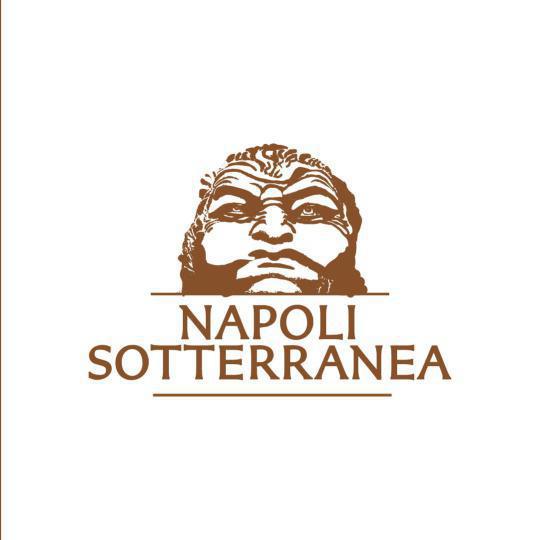Voiceover 1
Naples Underground is the most famous and fascinating tour of our city. Our guides will take you on a journey through 2,400 years of history, from the ancient Greeks to modern times, unveiling the “depths” of Naples from an archaeological, historical, anthropological and geological point of view. The visit includes the quarries from the Greek era, the Greco-Roman aqueducts, the War Museum, the Hypogeum Gardens, the remains of the Greco-Roman Theater, and the Summa Cavea.
Voiceover 2
The Hypogeum Gardens is a new project that Naples Underground, among many other educational and scientific activities, offers to its visitors. In the darkness 35 meters below Naples, life thrives. The initiative was launched on the eve of the Expo Milano 2015 which was dedicated to feeding the Earth: it is a garden deep within the earth, a seemingly hostile environment. Yet far from acid rain, pollutants, smog, and microorganisms that are harmful even to human life, it still protects the cultivation of traditional vegetables. As such, Naples Underground has initiated a phase of subterranean botanical experimentation. This underground space is not only open to Italian and foreign visitors, and students young and old, but also to university researchers and botanists who use the Hypogeum Gardens for scientific research. The Naples Underground Hypogeum Gardens project is attracting the scientific interest of both national and international organizations.
Voiceover 3
To visit the remains of the Roman Theater, we will walk into a typical Neapolitan house, commonly referred to as a basso, meaning low, because it is located at street level of the city. Once inside, simply move aside a bed and open a hatch to access the remains of the ancient theater of Neapolis and the space where the emperor Nero also had his private dressing rooms whenever he came to put on his shows in Naples. The duration of the tour is approximately 20 minutes.
1st Cistern
Welcome to the Naples underground! We are now at a depth of approximately 30 meters below street level and the temperature ranges somewhere between 16 and 18 degrees Celsius with a humidity level of approximately 70-80%. These caverns were created by Greek colonists who in the 4th century BC began to extract the stone material required to build the city that is located above us: Neapolis, or “new city.”
2nd Cistern
We are now below the San Paolo Maggiore basilica. This well was left open to allow for circulation of air and also because it was believed that it was unlikely that a building belonging to the Church would ever be bombarded.
3rd Cistern
Notice here another closed off well and this mannequin that simulates the descent of the pozzari, or aqueduct workers; the system of steps was located foremost in the perimeter wells to allow easy passage along these so-called walking walls used by the pozzari to navigate at water level and to monitor its cleanliness.
4th Cistern
We created this simulation to help you understand how the ancient Greeks used to work. The Greek and Roman slaves placed wooden wedges into the cracks, similar to those called “cugnoli”: they soaked them in water, the wood then expanded, which caused the cracks to split and they removed the blocks. Afterwards, still deep in the underground using only three tools—a hammer, a chisel and a small hatchet called a smarra—they were fashioned into parallelepiped blocks. The larger ones were used for the walls of the city, and the smaller ones for the city’s buildings.
5th Cistern
The panel of photographs that you see in front of you depicts the most significant moments during the anti-Nazi rebellion that took place during the Occupation of Naples.
6th Cistern
These plants that you see here are the result of a botanical experiment by the Federico II University. They can grow without being watered, since they get sufficient moisture due to the high level of humidity in this environment. Sunlight is replaced by cold light lamps.
7th Cistern
We are about to pass through a candlelit tunnel with a length of approximately 150 meters, a height of 10 meters and a width of half a meter.
The Dressing Rooms
The theater was built during the foundation of the city, but what you see here is a reconstruction from the 1st century AD.
Nero brought it to its utmost splendor
Nero debuted with his lyre here in Naples and it is here that he played three times. According to the Roman historian Suetonius, an earthquake occurred during one such performance. It seems that he prevented the 6,000 spectators from exiting—5,000 of whom were members of a claque paid to applaud—claiming that the quake was the gods’ applause for his performance.
Eastern Exit
What you see here was the eastern entrance; the stairs here on the left led to the audience.
Summa Cavea
In this small 150-square-meter space, but with a considerable height of 12 meters, there is what remains of the “summa cavea,” or the upper ring of the theater terraces where the audience would sit.


